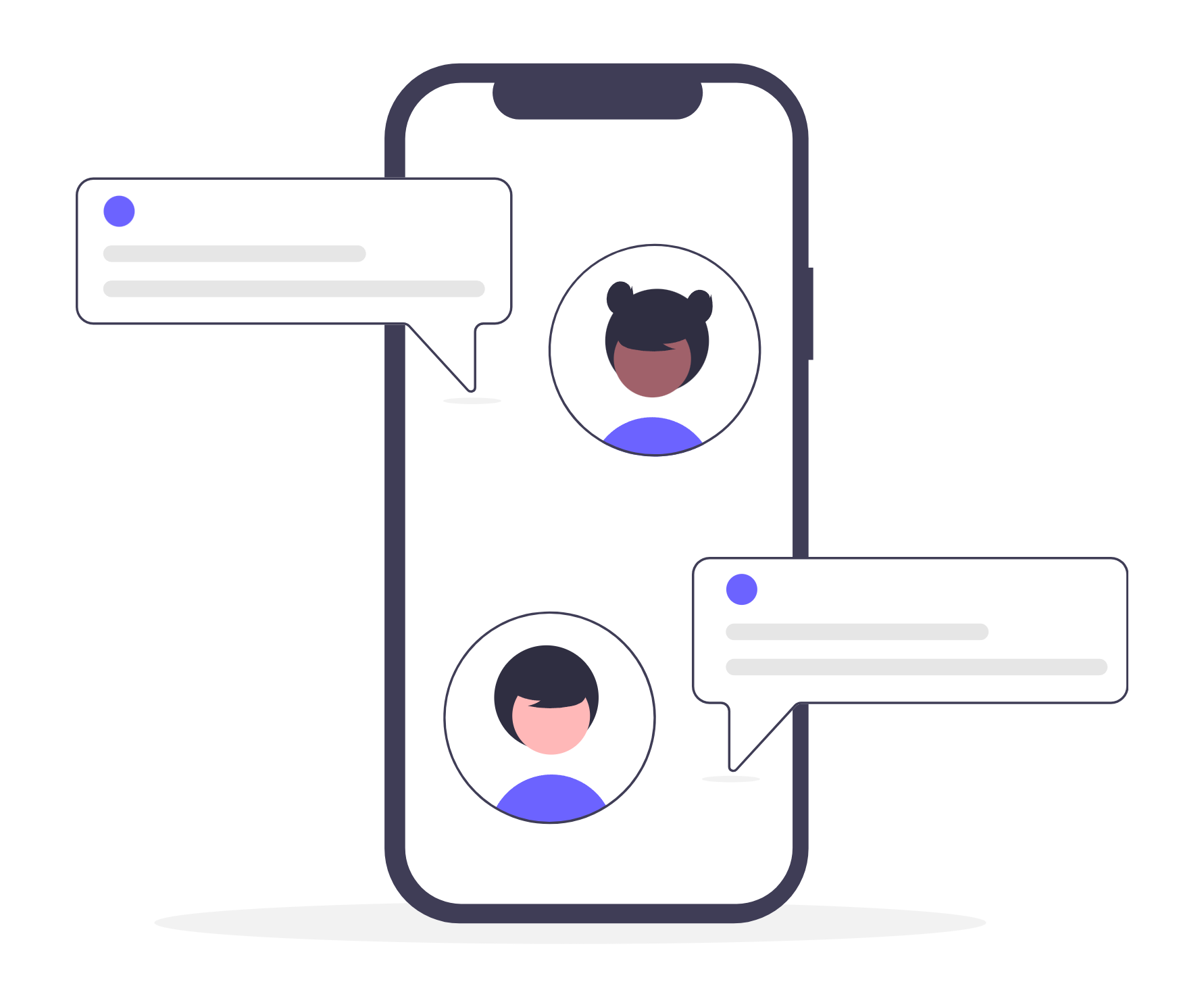The way we learn has changed dramatically in recent decades. With the advancement of technology and increasing access to the internet, self-study has never been more accessible. But now, we are entering a new era of learning: the possibility of learning by talking to artificial intelligence (AI) assistants. This dynamic, interactive model is revolutionizing the way people acquire knowledge.
In this article, we will explore how self-study has evolved over time, the impact of conversational interactions on learning, and why this approach is the future of education.
The Evolution of Self-Study
The Beginning of the Journey
Self-study has always existed, but in the past it relied mainly on limited resources such as books, encyclopedias and correspondence courses. Access to knowledge was restricted to those who could afford it or had access to good libraries.
The Internet Age
With the rise of the internet, knowledge has become more accessible. Platforms like YouTube, Khan Academy, and Wikipedia have transformed education, allowing anyone to learn about virtually any topic. Online courses and MOOCs (Massive Open Online Courses) have taken this revolution even further.
The Conversational Era
Today, we’re in a new era: learning through conversational interactions. AI assistants like ChatGPT offer a more dynamic learning model where students can ask questions, explore topics in depth, and receive immediate feedback. This approach is changing the game for self-learners of all ages.
Benefits of Conversational Learning
1. Knowledge Personalization
One of the biggest advantages of conversational learning is personalization. Unlike courses or books, which follow a fixed structure, AI assistants can adapt content to the user’s needs and knowledge level. This makes learning more relevant and effective.
2. Immediate Feedback
In the traditional model, it often takes time to receive feedback, whether from a teacher or an assessment. With AI, feedback is instantaneous. This allows students to correct mistakes and consolidate knowledge in real time.
3. 24/7 Accessibility
Conversational assistants are always available, meaning you can learn at any time of day. Whether it’s late nights or short breaks throughout the day, learning never has to wait.
4. Interactive Learning
Interactivity is one of the great attractions of this approach. You can ask questions, explore scenarios, and test knowledge in a format that mimics a real conversation. This increases engagement and improves information retention.
5. Multiple Topic Coverage
While a traditional course might focus on just one topic, AI assistants can cover a wide range of topics in a single interaction. This is especially useful for curious self-learners who want to explore multiple subjects simultaneously.
Conversational Learning Use Cases
1. Academic Study
Students can use AI assistants to review material, understand complex concepts, and practice for exams. The ability to customize the approach to the student’s level is a key differentiator.
2. Professional Development
Professionals can leverage conversational assistants to learn new skills or stay up to date on industry trends. Whether it’s coding, learning a new language, or exploring leadership techniques, AI can be a valuable resource.
3. Language Learning
Conversational platforms are ideal for those who want to practice new languages. AI assistants can simulate real-life conversations, correct grammatical errors, and provide explanations of vocabulary and idioms.
4. Creativity and Innovation
Creative people can also benefit from conversational learning. Whether writing a book, creating music, or developing new projects, AI can act as a brainstorming and research partner.
Challenges and Limitations
While conversational learning has many benefits, there are also challenges:
1. Content Quality
The accuracy of the information depends on the quality of the data the AI was trained on. In some cases, there may be errors or outdated information.
2. Overdependence
It is important that students do not become overly dependent on AI. Self-directed learning also requires initiative and critical thinking.
3. Lack of Context
AI assistants can’t always understand the full context of a question or situation. This can lead to incomplete or inappropriate responses.
The Future of Self-Study
As artificial intelligence advances, conversational learning is just beginning. Future innovations could include:
- Integration with Augmented and Virtual Reality: Making learning even more immersive.
- Multi-user Platforms: Enabling groups to study together with AI support.
- Emotional Feedback: Assistants capable of interpreting emotions to adapt the teaching approach.
These improvements promise to transform self-study into an even richer and more personalized experience, reaching a global audience.
Conclusion
Conversational learning is revolutionizing self-study by offering a personalized, interactive, and accessible experience. With AI assistants, barriers to knowledge acquisition are being eliminated, enabling people around the world to learn more efficiently and engagingly.
Whether for academic, professional or personal goals, learning through conversation is the way of the future. By adopting this approach, we are not only transforming education, but also opening doors to a world where knowledge is truly universal.





